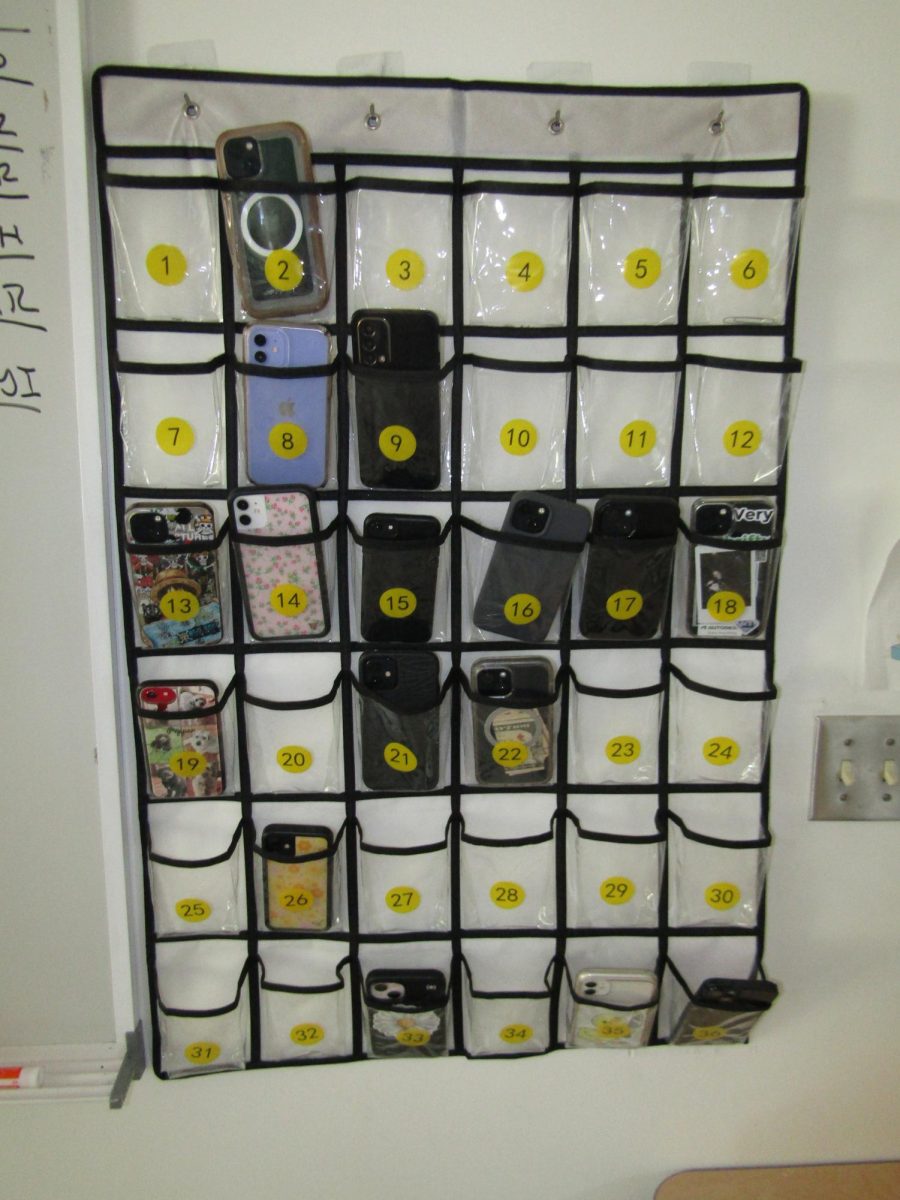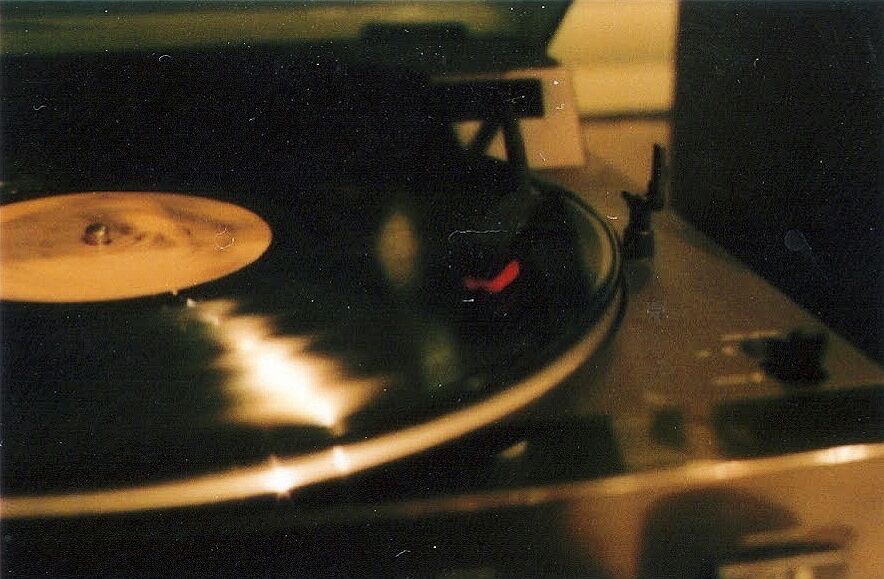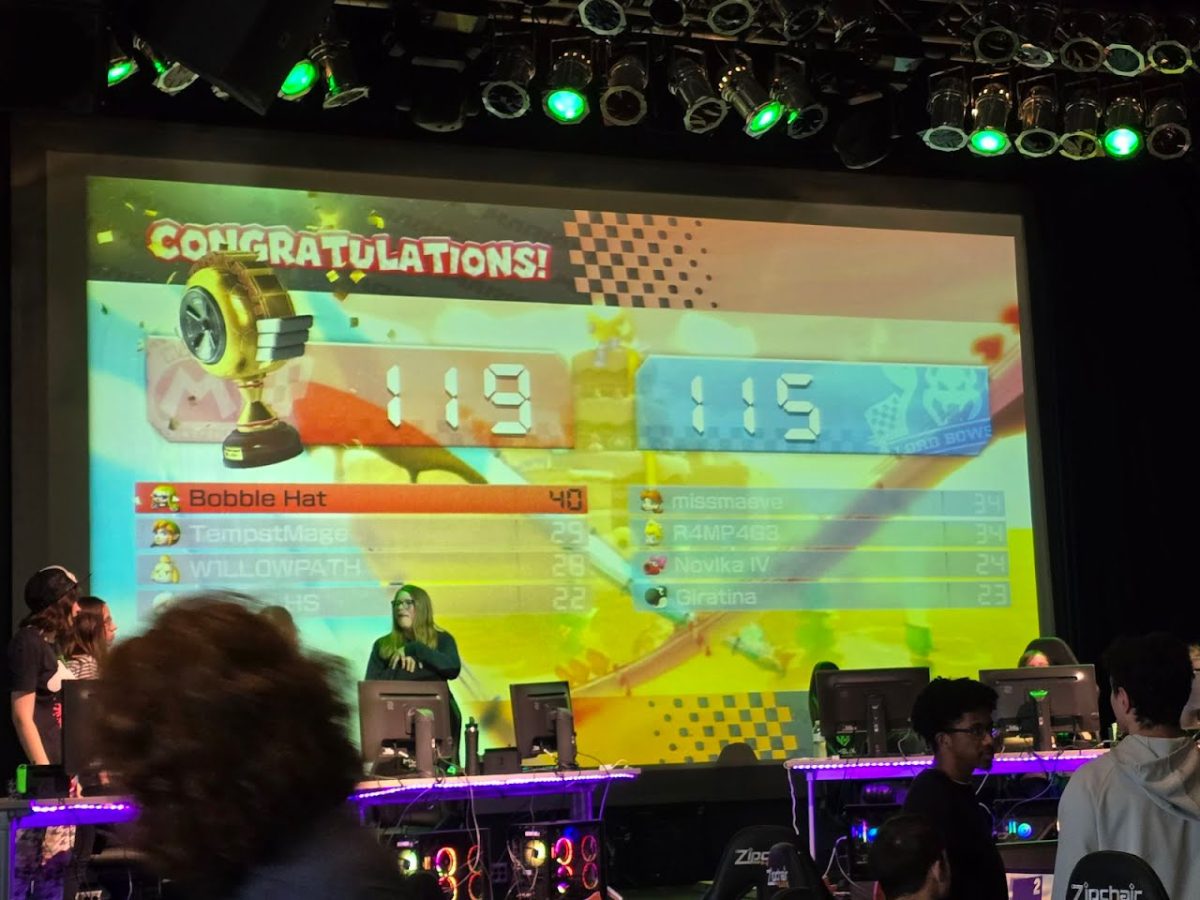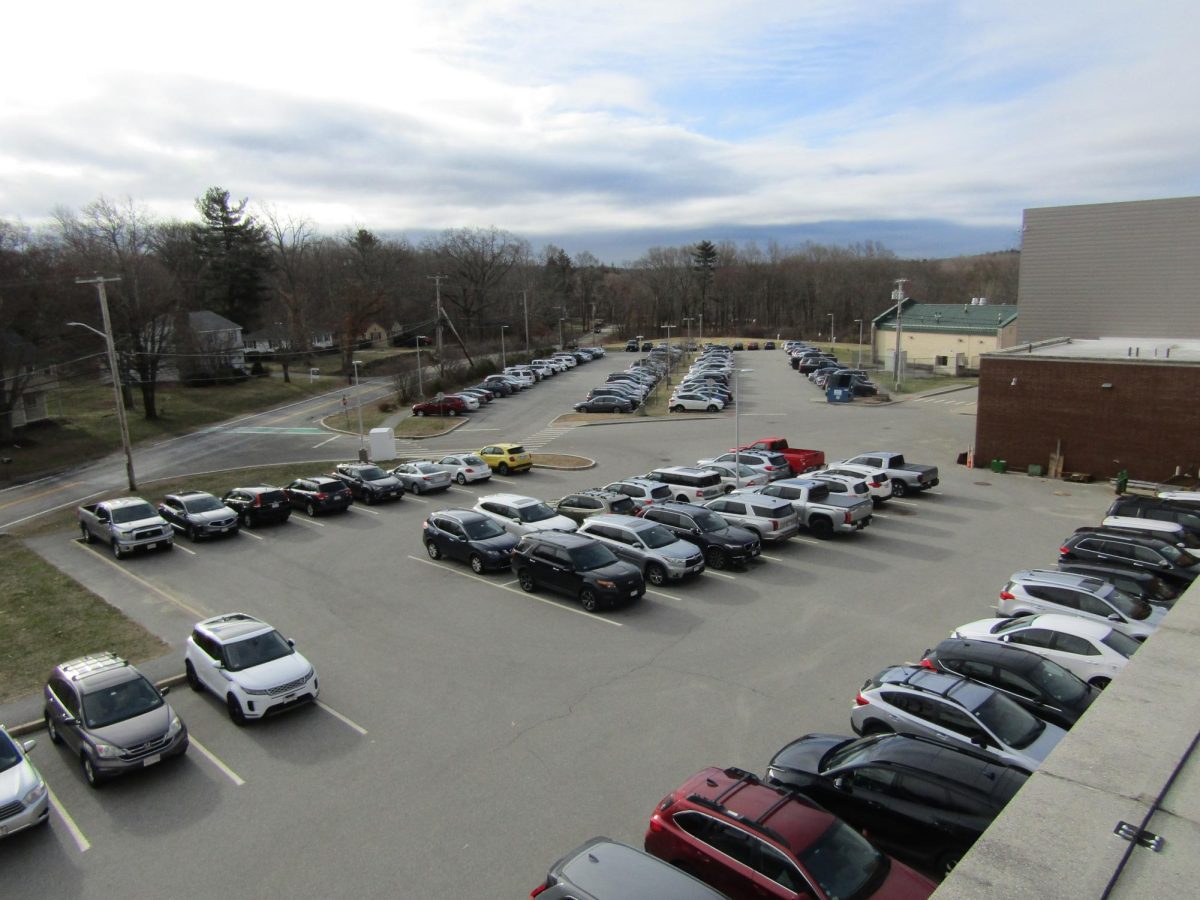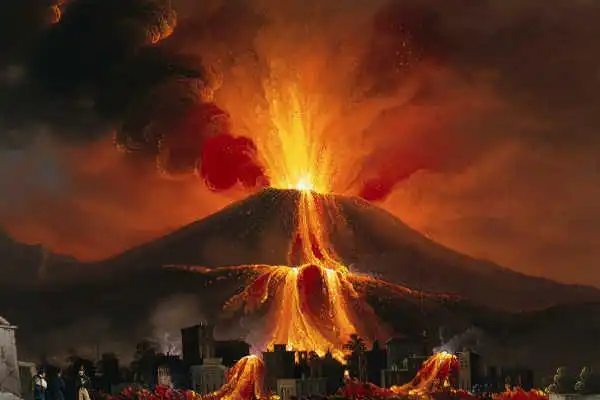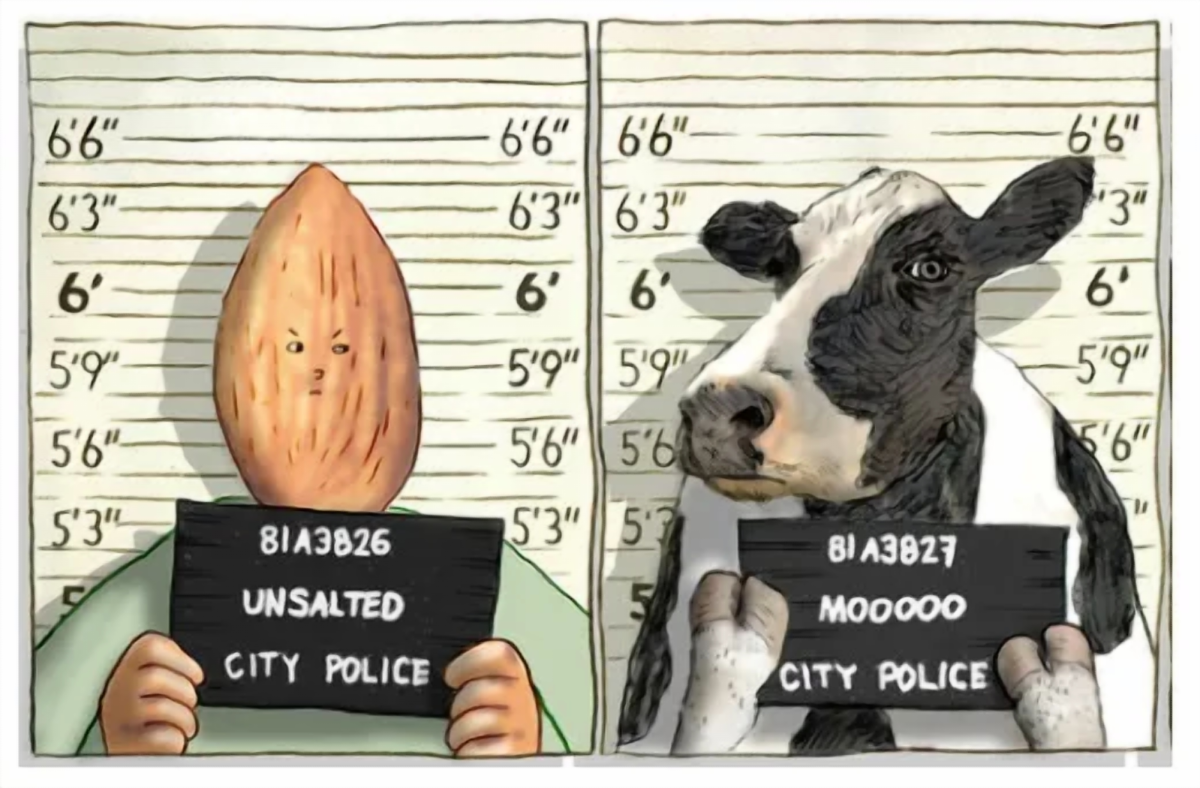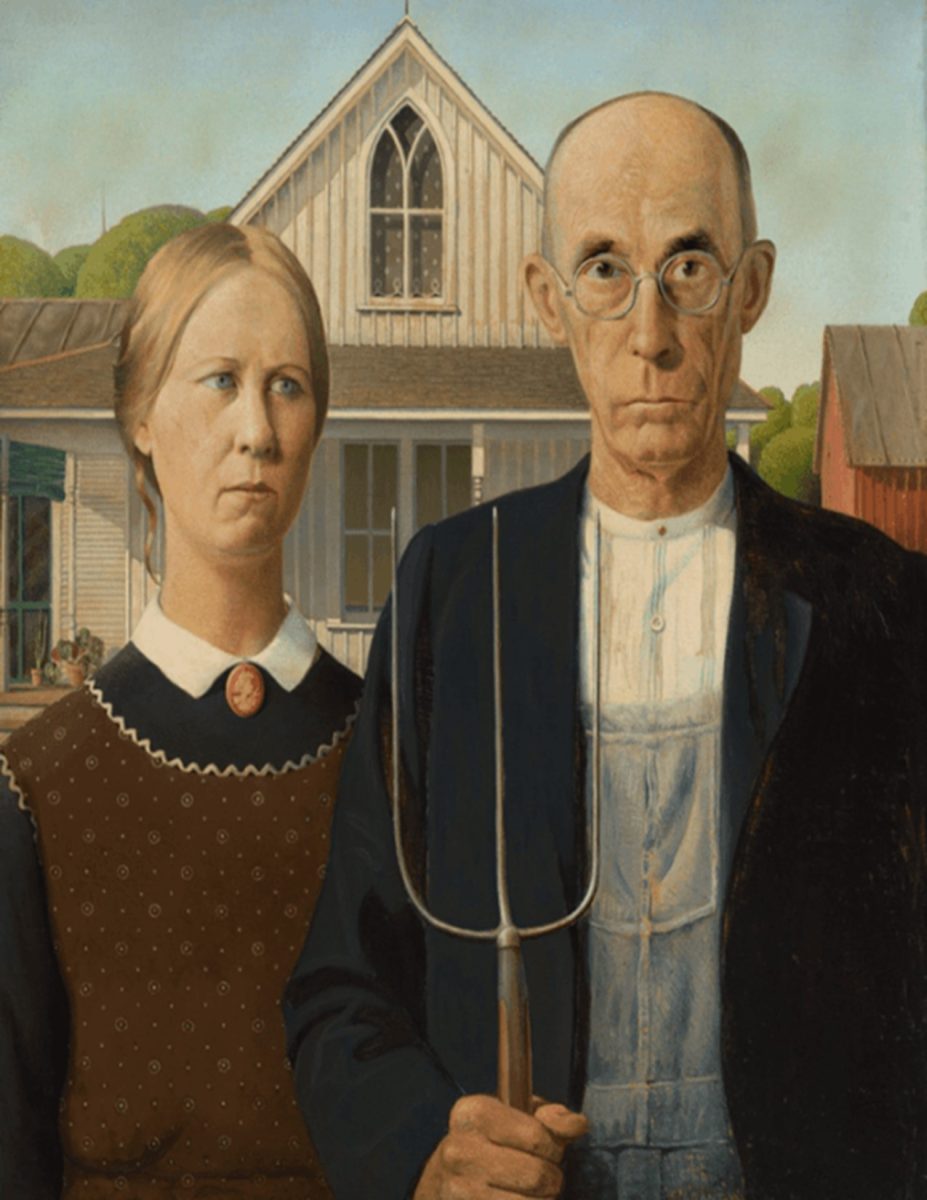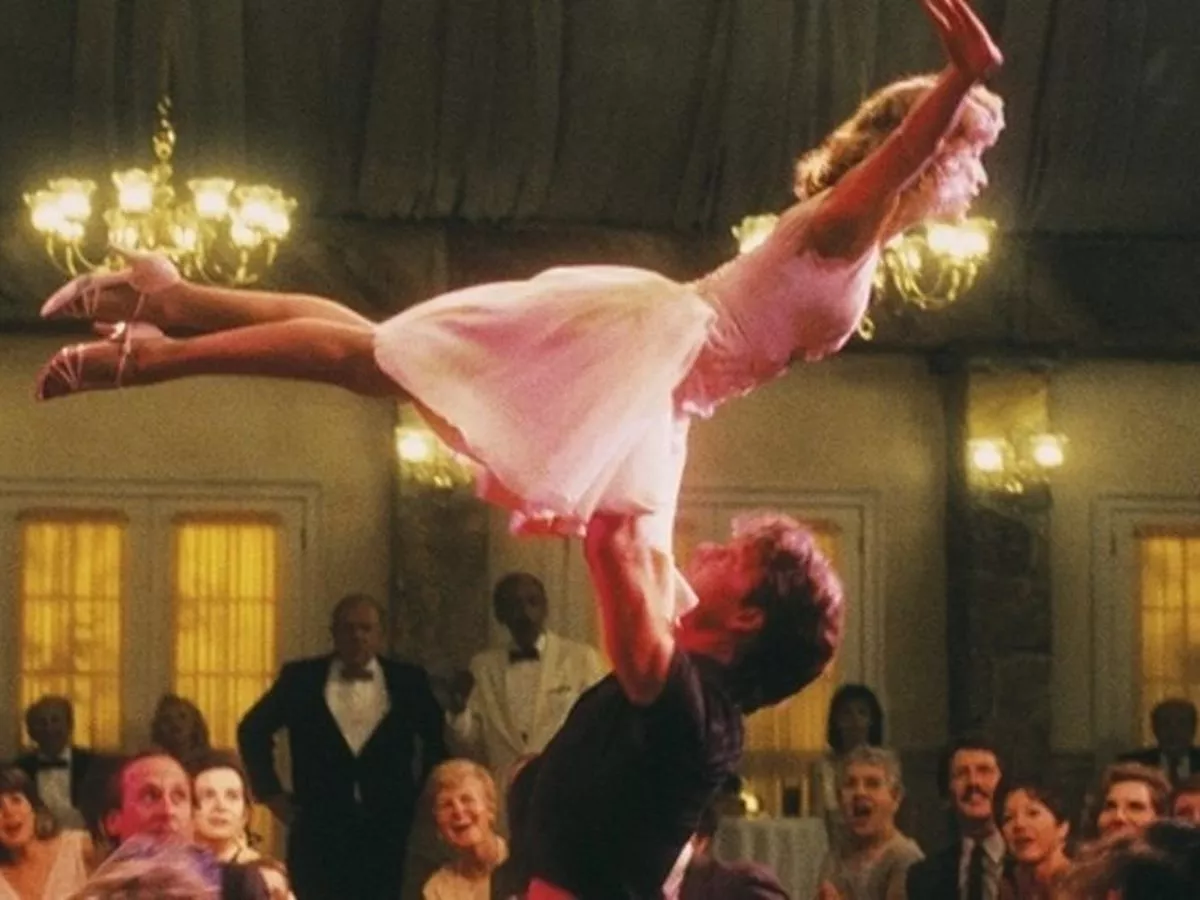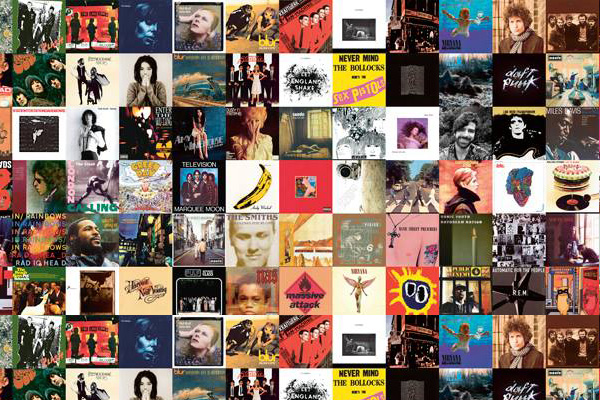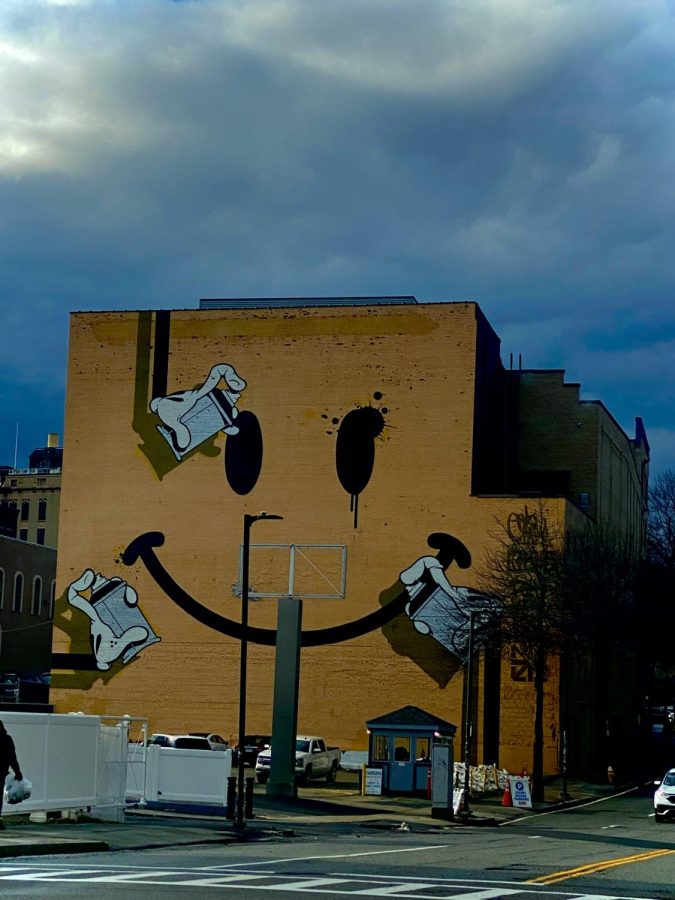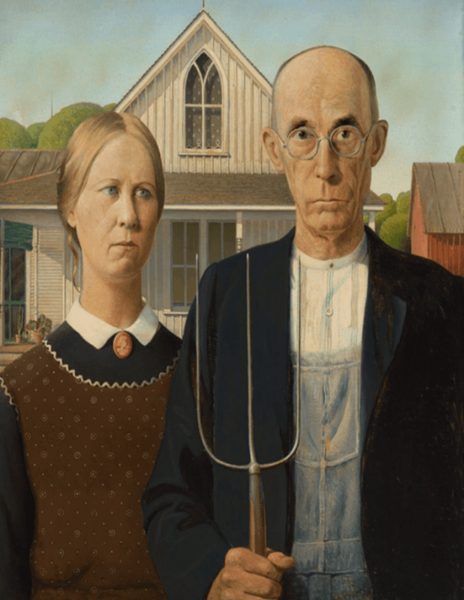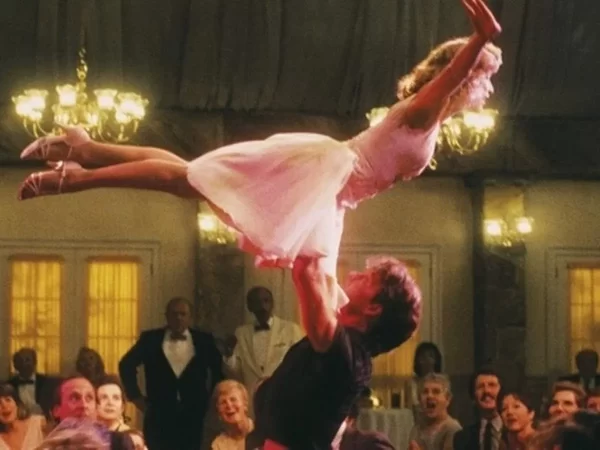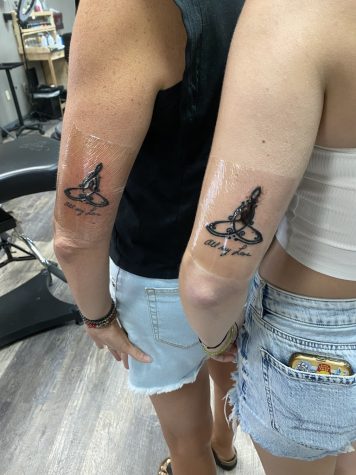Graffiti: Art or Vandalism?
Graffiti isn´t just a form of rebellion
O.G Slick´s POW WOW Mural. Located at 261 Main St, Worcester, MA 01608
February 15, 2023
I remember the fascination I had when I was younger fueled by the empty side of a building that was turned into something spectacular.
A lot of the older generations have grown up with the idea in their head that anything done on the side of a building with a spray-can is vandalism.
What a lot of people don’t know is that Graffiti is commonly used as a tool for mass communication which businesses, and other local building owners, use to get a wider variety of individuals their way.
As we all know Graffiti is counted as vandalism, but there has been times that the Police Department has looked the other way and allowed it. Polices have been said to view graffiti as ¨degrading way of life¨ that also leads to heightened crime rate.
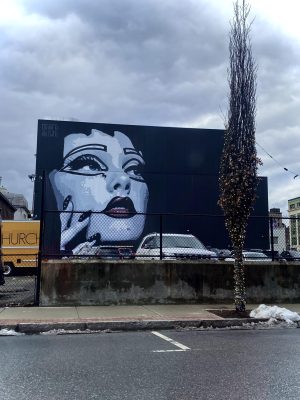
Little did the NYP know, one of their fellow officers that was appointed in 2001 was a possible graffiti legend in 2009.
¨The property was not owned or possessed by the defendant” is an element towards the debate to figure out weather or not that form of art is vandalism.
With research, I found no evidence of cars ever being tagged in a spontaneous act so I´m glad to say we don’t have to worry about that. Houses and buildings on the other hand, are a totally different story due to the fact that they have larger scaling.
Whenever I have laid my eyes upon this rebellious way of art, I’ve never truly thought about how I would feel if some of my property was ¨tagged¨. I’ve thought about the question, ¨Well how would you feel if someone were to create a mural on the side of your house¨. As crazy as it sounds, I honestly wouldn’t be too opposed by it. The message and reasoning behind the act of graffiti ranges as far as the horizon, so why not join the movement?
Graffiti can be controversial, but it can also be a medium for voices that are apart of social change, protest, or that communities desires. In many cities, graffiti is associated with decay, with communities out of control, and so it is outlawed.
Graffiti provides a way for people to openly express themselves. It helps people make a statement about what they believe in. This is one of the main purposes of art. Many famous artists, from Van Gogh to Frida Kahlo, have used their artwork to make declarations about their beliefs. Graffiti is no different, it just takes up a yard or a train car in lieu of a canvas.
A famous British graffiti artist called “Banksy” creates street-art with very clear messages for society. His art is usually made with stencils and spray paint and often reverses the normal roles people have in society.
The real question is, how much would you give up to not only get your artwork out there but also a powerful statement. Depending on where you live you could either walk away with people cheering you on, or walk away with a five year jail sentence.
In some cities, it is legal, within limits, and valued as a form of social expression.
In the United Kingdom graffiti is illegal. People can be fined a lot of money if they are caught decorating public property. However, some towns and cities have “free walls,” these are places where graffiti is legal. “Free walls” are created to stop people doing graffiti in other places.
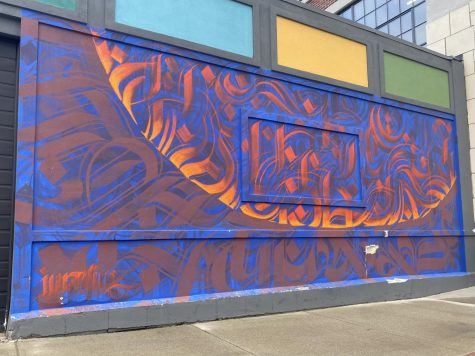
In Colombia, graffiti is very popular even though it is illegal too. In Colombia, graffiti often represents indigenous people and culture, but it is still seen as vandalism in the eyes of the law.
As for the United States, Graffiti vandalism is a crime punishable by a jail term, monetary fine and/or community service. Any person caught defacing property without the express permission of the owner will be arrested.
Though graffiti is a form of street art, I believe that art should have its place. It’s understandable why people might not want their private property. Personally, I feel that there should be more places where graffiti should be allowed, which will give people a chance to better appreciate it as a form of street art.
Despite all of the rules and regulations., I don’t see graffiti as something that should always be looked down upon. Whenever I look at a tag or piece, I don’t frown in disgust, but take a moment to appreciate the effort and creativity that people have gone to in making themselves heard. Whether it’s on a canvas in an art gallery, or sprayed on the wall of a back alley, art is art.
The real question is, would you risk it all?


